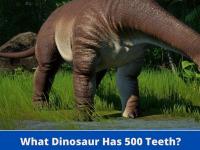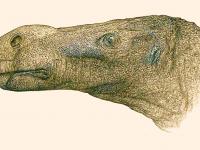Gnathovorax cabreirai: Oldest Carnivorous Dinosaur Fossil Unearthed in Brazil
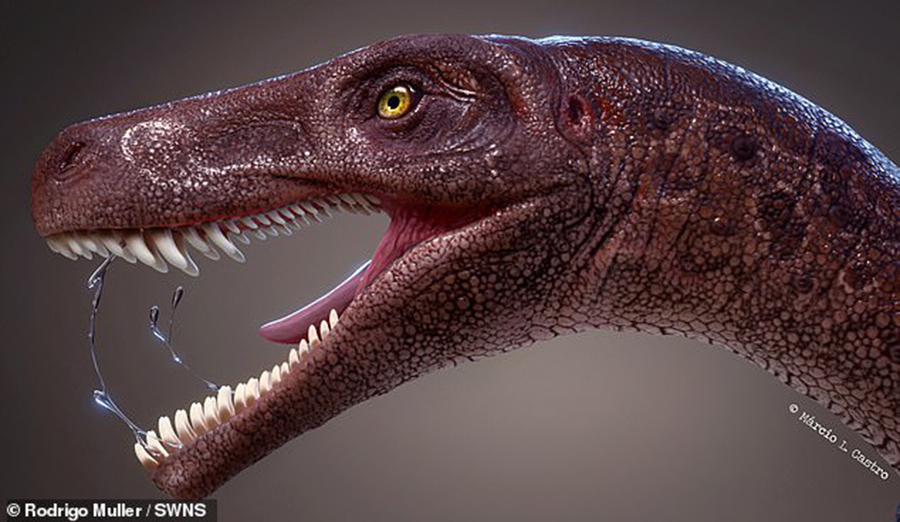
A team of researchers from Universidade Federal de Santa Maria and Universidade de São Paulo, both in Brazil, has found and identified the oldest carnivorous dinosaur fossil to date. In their paper published in the journal PeerJ, the group describes their finding and where they believe it fits in the history of dinosaurs.
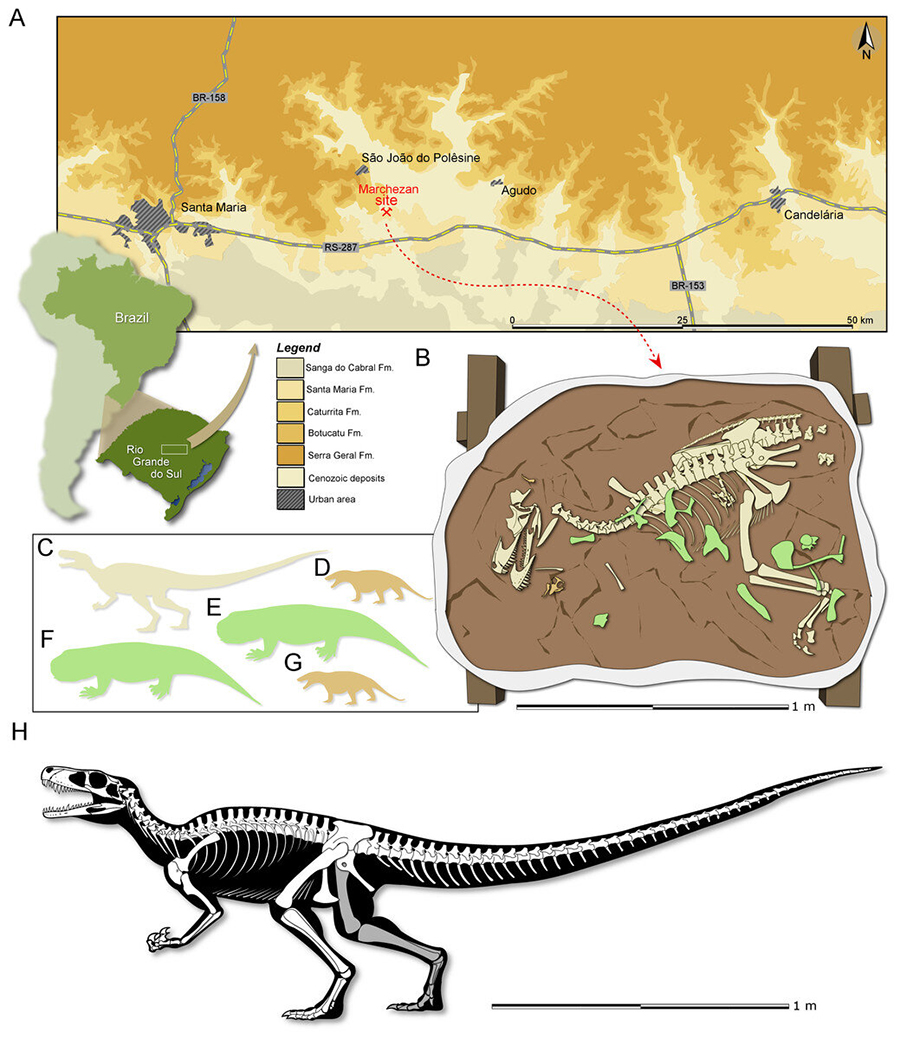
The researchers report that they found the fossil while digging near the city of Santa Maria in Rio Grande do Sul. They named it Gnathovorax cabreirai, which combines the name of the researcher credited with the discovery— Sergio Furtado Cabreira—with a loose translation of Latin that means "a jaw for devouring things." The researchers believe it is the oldest known example of a carnivorous dinosaur. They have dated the fossil to approximately 233 million years ago, which would put it during the Triassic, a time when South America was still part of Pangaea. They report that the fossil was intact and in excellent condition—so much so that they were able to put the head in a CT scanner, which gave them some information regarding the brain of the ancient creature. They believe it had good balance and good eyesight, two features that would have helped the dinosaur use its sharp teeth and claws to capture and eat prey. They report also that the dinosaur would have been approximately three meters long and would have weighed approximately one ton—making it somewhat close in size to a modern horse. Because of its age, the researchers believe the fossil represented an apex predator—and the largest in the area where it lived.
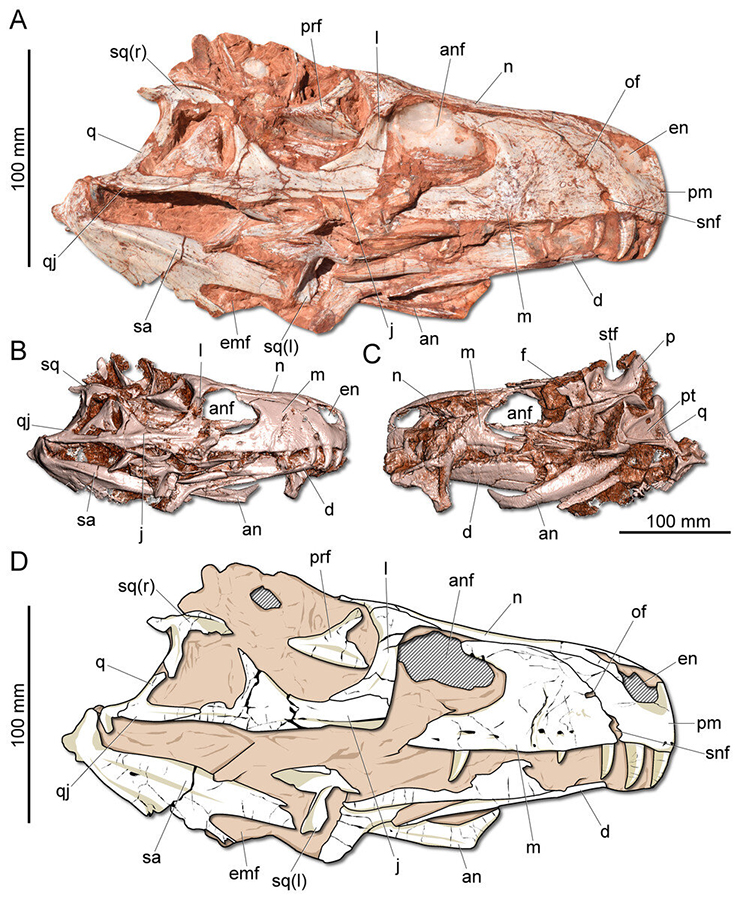
Study of the fossilized skeleton suggested that G. cabreirai was related to a group of dinosaurs known as Herrerasauridae, which were theropods. This finding suggests G. cabreirai can be used to better understand the traits of early meat-eating dinosaurs that came before the more famous types such as Tyrannosaurus rex, which were much larger and came tens of millions of years later. They note that fossil evidence of dinosaurs of the period is quite scarce, which makes the new finding all the more important.
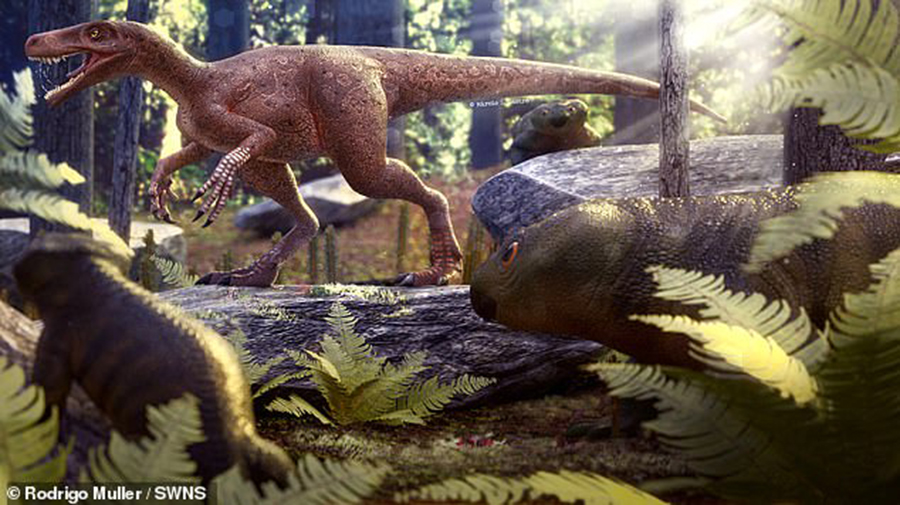
More information: Cristian Pacheco et al. Gnathovorax cabreirai: a new early dinosaur and the origin and initial radiation of predatory dinosaurs, PeerJ (2019). DOI: 10.7717/peerj.7963
Source: https://phys.org/


